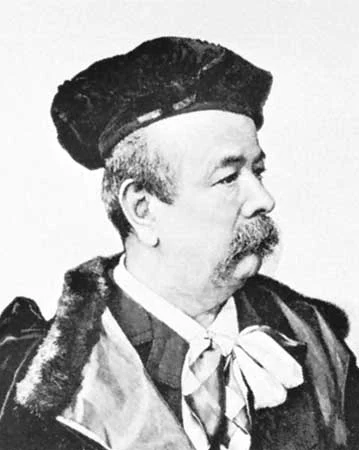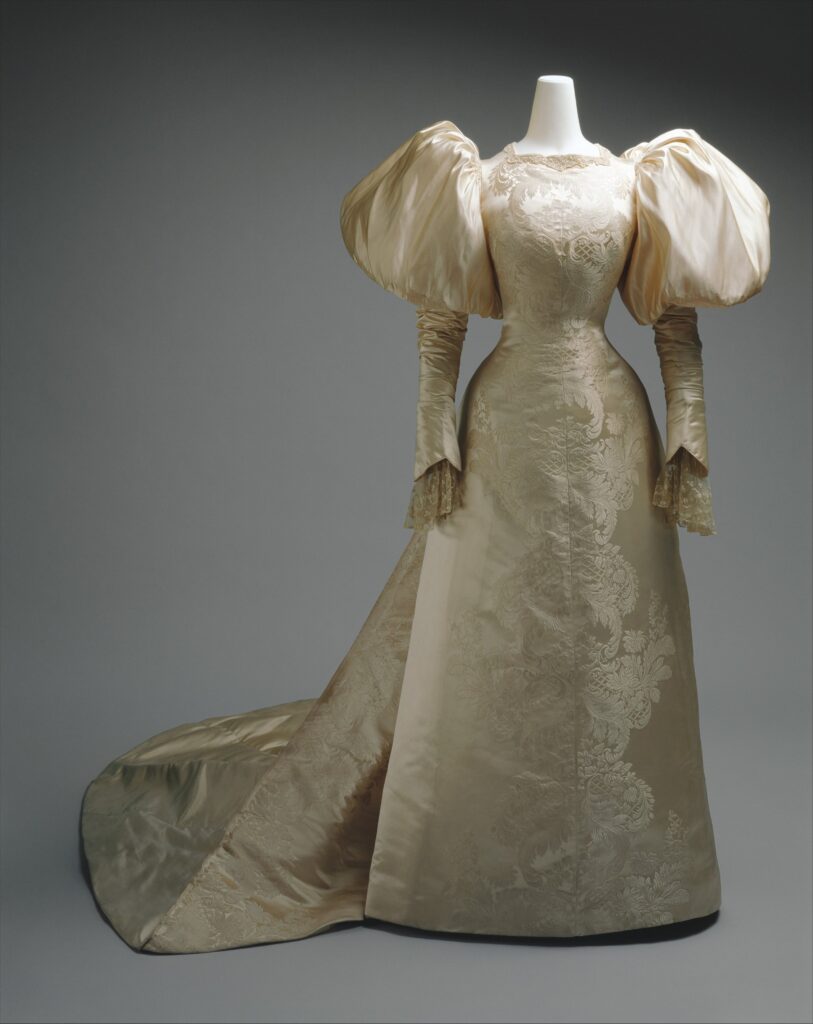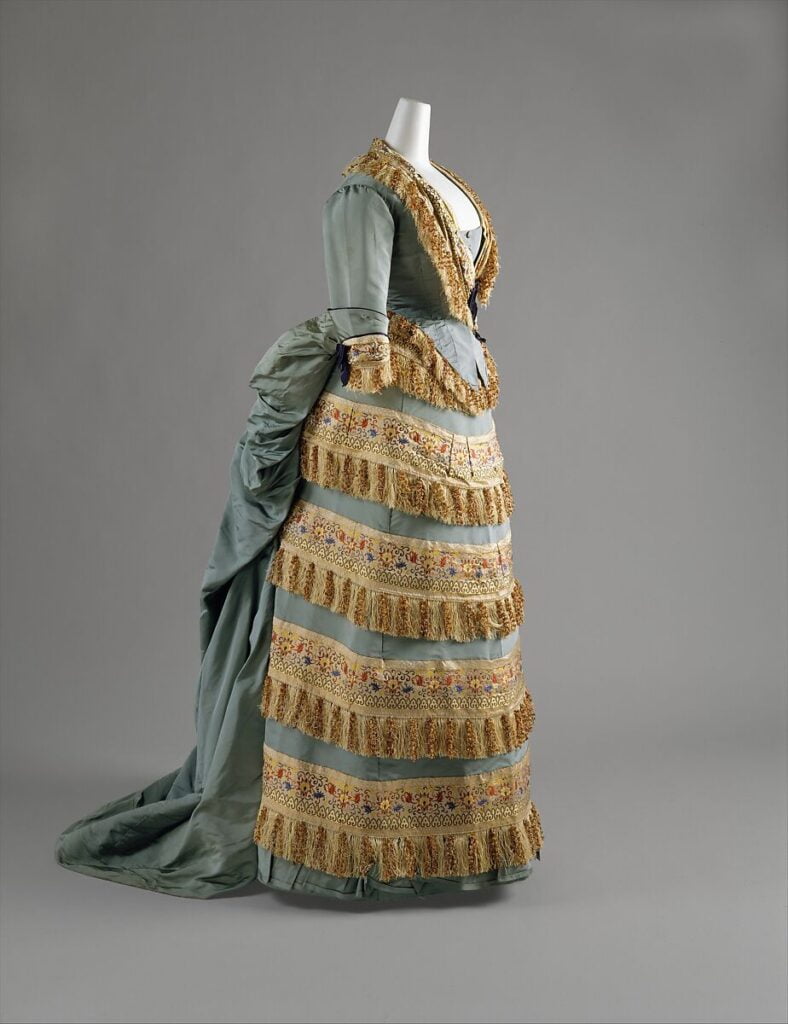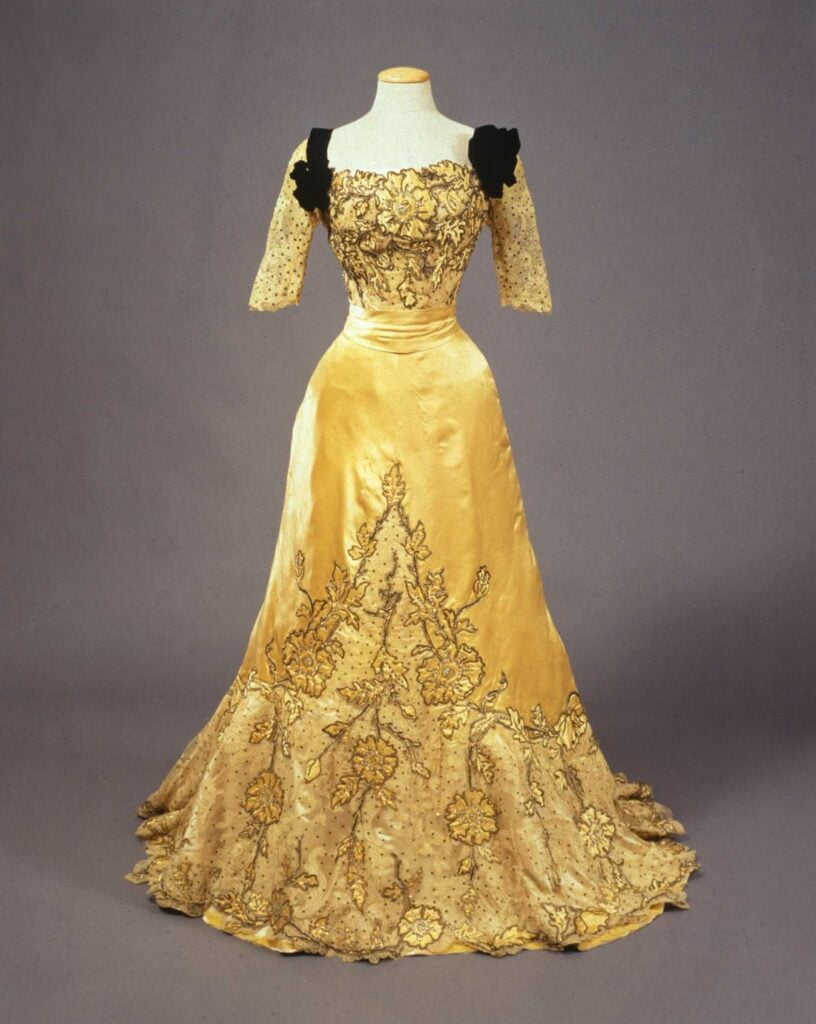
Charles Frederick Worth isn’t just a name in the annals of fashion history; he’s the man who redefined it. Ever wondered who the brains behind the birth of haute couture was? Look no further. Worth’s unparalleled vision and knack for innovation catapulted him to the pinnacle of the fashion world in the 19th century. But who exactly was this man, and why does his legacy still resonate today?
Table of Contents
Early Life and Background
Born in the quaint town of Bourne, Lincolnshire, England, in 1825, Worth was a visionary right from the start. Despite humble beginnings, with his family struggling financially, Worth’s passion for textiles was evident early on. He started his career in a draper’s shop, where he learned the nuances of fabrics and design. This seemingly modest beginning laid the foundation for what would become a revolutionary career.
Move to Paris
By the mid-1840s, Worth realized that to truly make his mark, he needed to be where fashion was at its zenith—Paris. Moving to Paris was a bold move, but it was here that he honed his skills, working for prominent textile merchants. The bustling streets of Paris, teeming with creativity and culture, were the perfect backdrop for Worth to envision a new world of fashion.
Notable Collection



photo/cohassethistoricalsociety/metmuseum/europeana
Charles Frederick Worth: At a Glance
| Category | Details |
|---|---|
| Full Name | Charles Frederick Worth |
| Date of Birth | October 13, 1825 |
| Place of Birth | Bourne, Lincolnshire, England |
| Occupation | Fashion Designer |
| Notable Titles | Father of Haute Couture |
| Major Clients | Empress Eugénie, European royalty, aristocracy |
| Famous Shop | Worth & Bobergh, Paris |
| Key Innovations | Introduction of the crinoline, use of live models, personalized designs, founding the Chambre Syndicale de la Haute Couture |
| Influence | Revolutionized the fashion industry, set standards for haute couture, transformed fashion shows into theatrical events |
| Challenges Faced | Financial struggles during early life, establishing a reputation in a new country (France), maintaining high standards amidst growing competition |
| Date of Death | March 10, 1895 |
| Legacy | Pioneered modern haute couture, left a lasting impact on fashion design, continued by his sons, maintained House of Worth’s prominence in fashion |
Establishment of Worth & Bobergh
In 1858, Worth partnered with Otto Bobergh to establish Worth & Bobergh. This was not just a fashion house; it was a temple of creativity and innovation. Here, Worth began experimenting with design, crafting pieces that were not just garments but works of art. His approach was simple yet revolutionary: fashion should be personalized, an extension of one’s identity.
Innovations in Fashion
Worth was not one to follow trends; he set them. One of his most significant contributions was the introduction of the crinoline, a structured undergarment that gave skirts their voluminous shape. This innovation was a game-changer, making him a household name among the elite.
But Worth didn’t stop there. He was the first to use live models to showcase his designs, creating an immersive experience for his clients. Imagine walking into a room and seeing your potential wardrobe come to life. This was Worth’s genius at work—transforming the shopping experience into an elegant spectacle.
Design Philosophy
Worth’s design philosophy centered on luxury and personalization. He believed that fashion was an art form and each creation should be unique to the wearer. His designs often drew inspiration from art and architecture, blending intricate details with classical elegance. Worth’s approach was about more than just clothing; it was about creating a masterpiece that reflected the client’s personality and status.
Patronage and Celebrity Clients
Worth’s client list read like a who’s who of the 19th-century elite. His designs caught the eye of Empress Eugénie, wife of Napoleon III, who became his most prominent patron. With her endorsement, Worth’s creations graced the French court, influencing fashion across Europe.
European royalty and aristocracy flocked to his atelier, eager to don his exquisite designs. His ability to tailor his creations to each client’s personality and style set him apart. Worth wasn’t just a designer; he was a storyteller, weaving narratives through fabric.
Important Achievements of His Career
Among Worth’s many achievements, founding the Chambre Syndicale de la Haute Couture in 1868 stands out. This organization set the standards for haute couture and ensured that the art of high fashion remained exclusive and prestigious. Worth’s influence helped establish Paris as the epicenter of the fashion world.
Moreover, Worth revolutionized the fashion industry by turning fashion shows into theatrical events. His elaborate presentations were not just about showcasing clothing; they were about creating an experience, making each collection a highly anticipated event.
Expansion and Legacy
As his reputation soared, Worth’s fashion house expanded, eventually becoming a dynasty. After his death in 1895, his sons, Gaston and Jean-Philippe, continued his legacy, ensuring that the House of Worth remained a beacon of haute couture. They upheld their father’s innovative spirit, blending tradition with modernity.
Impact on Modern Fashion
Worth’s influence on modern fashion is undeniable. His techniques—such as the use of luxurious fabrics, intricate embellishments, and the emphasis on fit and form—are still cornerstones of haute couture today. Designers continue to draw inspiration from Worth’s pioneering spirit, pushing the boundaries of fashion.
Also Read-Rose Bertin: The Queen’s Dressmaker and the Pioneer of Haute Couture
Conclusion
Charles Frederick Worth was more than a designer; he was an architect of modern fashion. His visionary approach and relentless pursuit of excellence set a standard that endures to this day. Worth’s legacy is a testament to the power of creativity and innovation in shaping not just fashion, but culture itself.
FAQs
Who was Charles Frederick Worth?
Charles Frederick Worth was an English fashion designer who is considered the father of haute couture. He revolutionized fashion in the 19th century with his innovative designs and personalized approach to clothing.
What were Worth’s key innovations in fashion?
Worth introduced several key innovations, including the crinoline, the use of live models to showcase designs, and personalized, made-to-measure clothing for his clients.
How did Worth influence modern fashion?
Worth’s emphasis on luxurious fabrics, intricate details, and the perfect fit has had a lasting impact on haute couture. His innovative spirit continues to inspire contemporary designers.
Who were some of Worth’s famous clients?
Worth’s notable clients included Empress Eugénie, wife of Napoleon III, and various members of European royalty and aristocracy.
What happened to the House of Worth after his death?
After Charles Frederick Worth’s death in 1895, his sons, Gaston and Jean-Philippe, took over the fashion house, continuing their father’s legacy and maintaining the House of Worth’s prominence in haute couture.
One thought on “Charles Frederick Worth: The Father of Haute Couture”